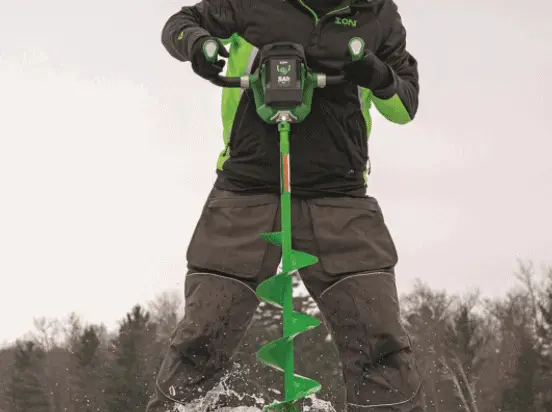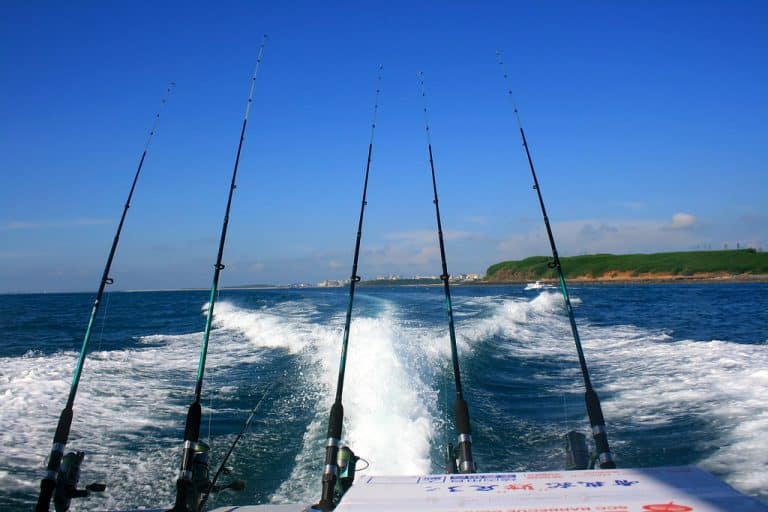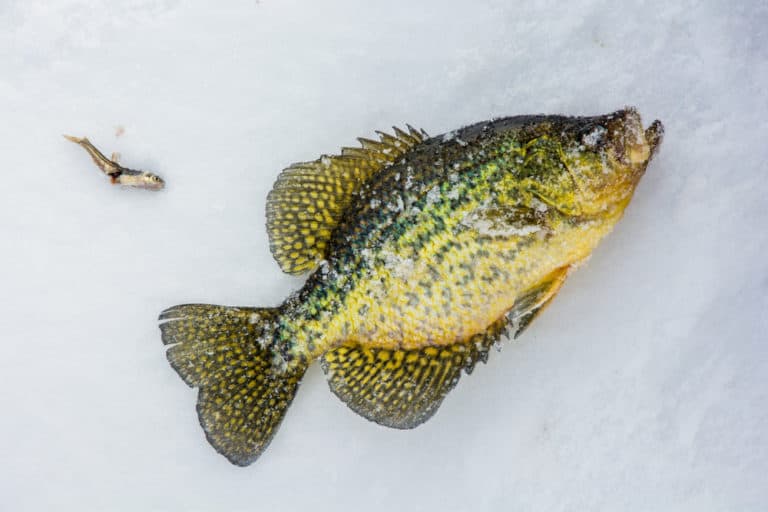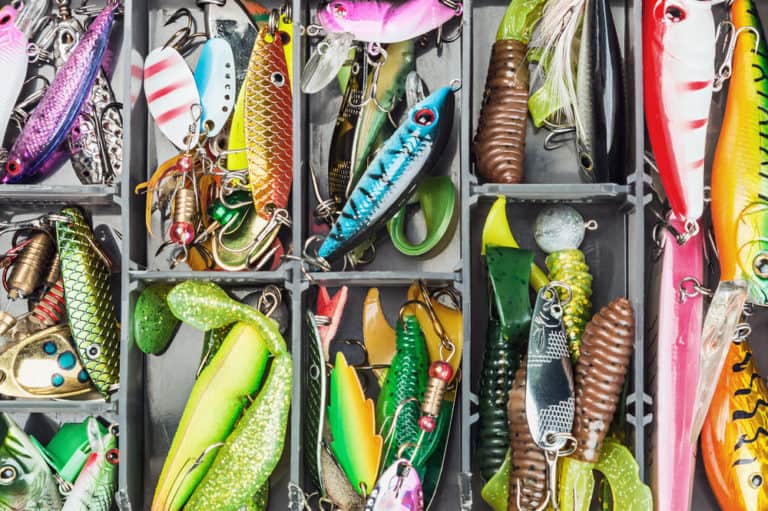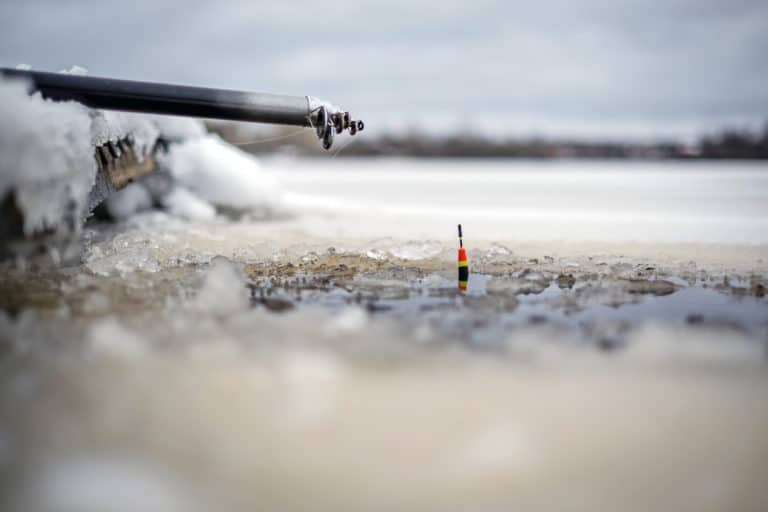How To Hook A Minnow (With Images) & Other Tips
Many anglers opt for fishing with artificial lures, they are simple, easy to rig, and don’t require you to keep them alive or chop them up into chunks. But, most people will agree that nothing quite beats the success that you’ll achieve by using live bait.
In today’s post, we are going to explain how to hook a minnow (dead or alive). There are a few different variations and ways to hook a minnow that may provide you with different results whilst fishing. Not hooking your minnow correctly could result in you both losing your bait and a potential catch.
Another key consideration is the type and size of the fishing hook you use. The most common type used for hooking minnows is the J hook, although some anglers will use treble hooks when hooking minnows for
How to put a minnow on a hook
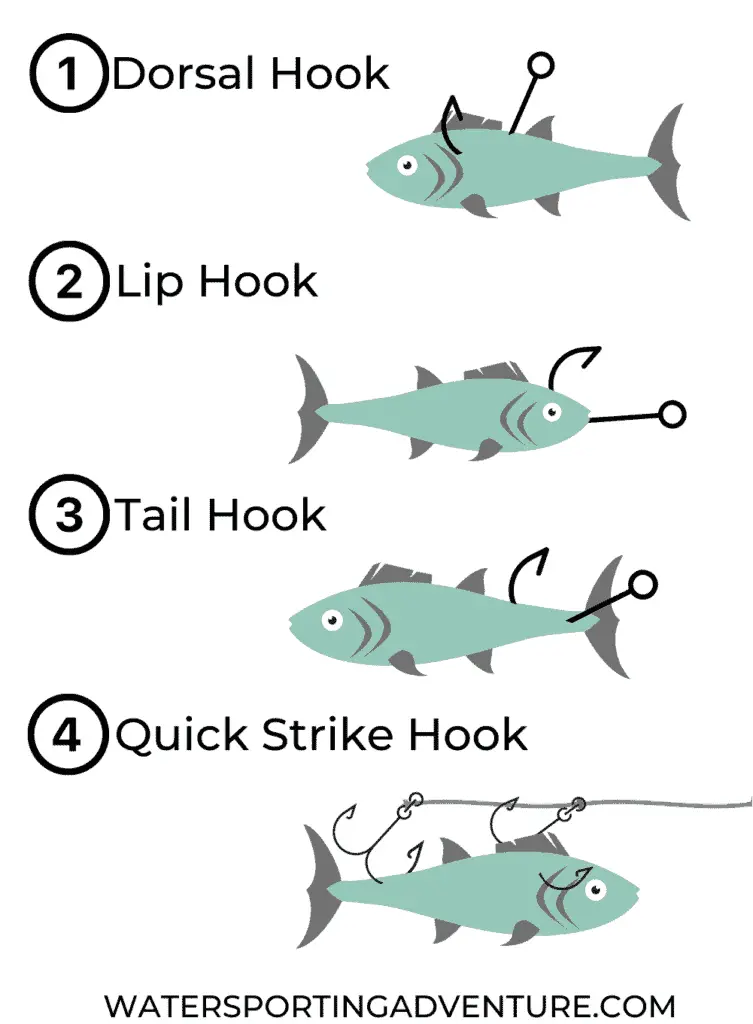
1) Dorsal Hook
One of the best ways to hook a live minnow is through the back/dorsal fin. This method keeps the minnow alive significantly longer than hooking it through the lips, and it allows the minnow to swim around naturally.
Whilst you are hooking the minnow through the dorsal region, you must take extra care to not hit the spin – try to pass the hook under, over, or either side of the spine. If you hit the spin, the minnow will most likely die, or not be able to swim around.
2) Lip Hook
Hooking a minnow through the lip is probably the easiest of all methods. You can hook its lower or upper lip or even both for a more secure fit.
This method will allow your minnow to move around, which will help attract predatory fish, but it won’t be able to swim around freely for long.
Because the lips are hooked shut, the minnow cannot pass as much water through its gills, and therefore won’t remain alive for very long.
3) Tail Hook
Another method used whilst using minnows as bait, is to hook the minnow through the tail. It is best used when you are fishing without any weights or sinkers, because, too much weight will prevent the minnow from being able to swim freely in the water.
Alternatively, if you are fishing deep, you can use weights, and the minnow will naturally swim towards the surface, which makes for a nice presentation on the bottom.
Again, whilst passing the hook through the tail, be careful not to hit the spine, as your live-bait will quickly become dead-bait.
4) Quick-Strike Hook
The quick-strike hook set-up is favored amongst anglers going after larger predatory fish which harsh strikes like
You will need to use a wire leader (or alternative heavy-duty line) and treble hooks that are size 4 or 6. Position one hook between the dorsal region and tail, and the other between the dorsal and head of the minnow. Try to keep the maximum distance between the hooks about 4″.
The beauty of the quick-strike set-up is that it allows for rapid hook sets, that rarely fail. You can set your hook as soon as you feel a bite.
Above are the 4 best ways to hook a minnow, but which fish species are they best suited for? Below we will go over common fish species and the minnow hooking methods for each.
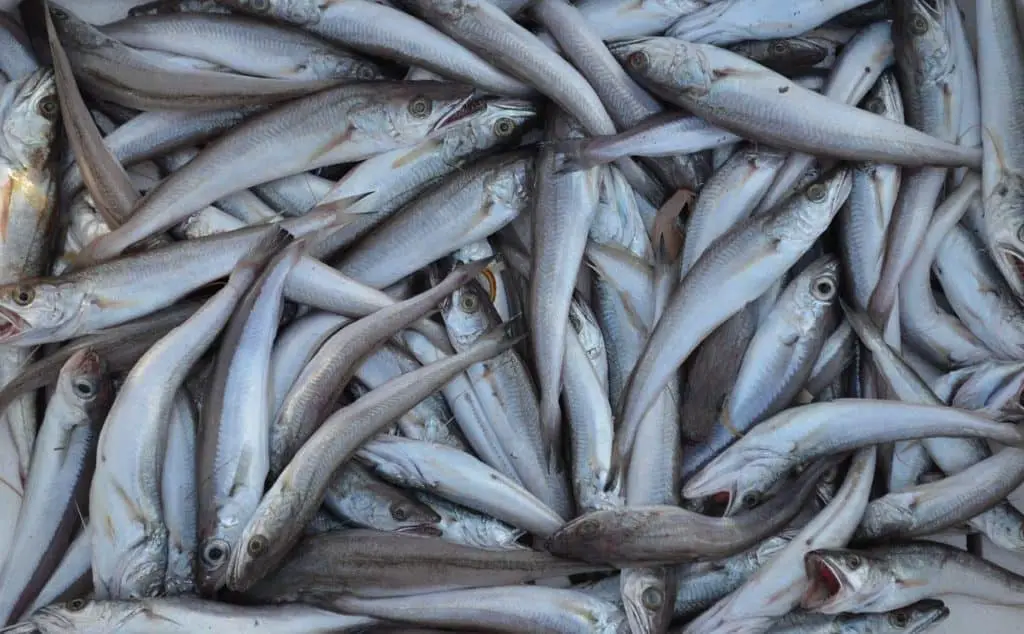
How to hook a minnow for bass
Using any of the 4 methods above will provide you with some success whilst fishing bass, but what is the best method? Bass can be finicky fish, and choose their prey wisely, especially when the bass is bigger and older.
Live baits are the best option, so whilst hooking the minnow, you need to give it the best choice of survival possible. For this, hooking the minnow through the back/dorsal will keep it alive the longest, and allow the fish to move around freely, and mimic wild prey-fish.
Whilst using a Carolina rig is mainly for artificial baits, we have seen good results using it with live-bait and minnows.
How to hook a minnow for trout
Trout are piscivorous fish. Meaning that they feed on other fish. Whilst trout have very good eyesight and can often be “put-off” any line that isn’t fluorocarbon, they aren’t overly picky when it comes to eating smaller prey-fish.
Using a lip-hook or dorsal hook is the best method for trout. The key with trout fishing is to let the bait do all the work. Most anglers will cast their minnows into the current and hold it there with the rod or weights waiting for a bite.
How to rig a minnow for crappie
There are dozens of ways you can rig a minnow for crappie. You could use, a drop-shot rig, brush-jig rig, bobber rigs, three-way swivel rigs, and many more.
But, we are going to talk about one of the favourites and easiest live bait rigs to set-up and that’s the slip-float rig.
The slip-float rig works very well for crappie and it is very simple to master. You can use this rig for crappies in moving current, at docks, pilings, and other covers.
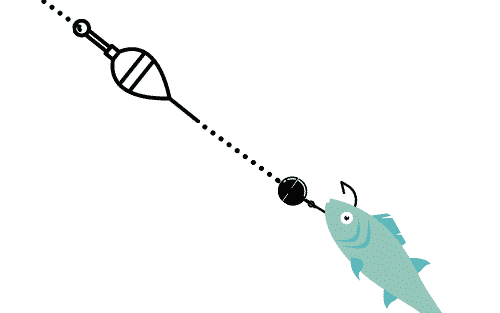
Simply, thread your fishing line through the float and tie on a 1/8 ounce jig with a minnow (hook the minnow through the lips), tie a stop not or use a rubber stop above the float.
You can use the slip-float rig at pretty much any depth, from 5 feet to 30 or more. All you have to do is slide the stop knot or rubber stop up the line to adjust the depth.
Best Hook For Minnows
Learning how to hook minnows requires you to use the right size hook.
Minnows that are smaller than 7.5cm (3 inches) in length need a size 4 or size 6 hook. For bigger minnows (4 inches and above) a large hook size of 2, 1/0, or 2/0 should be used.
For more on common hook types and sizes, check out our hook guide.
Final Words
There is no doubt that fishing with live minnows will increase your chances of catching predatory fish. Minnows are commonly found in freshwater and can be caught prior to fishing, or bought from most bait or fishing shops.
Learning how to hook a minnow is pretty simple. There are many techniques to hook a minnow, but any of the 4 on our list should bring you some level of success – of course, other factors like your fishing line, and fishing rod and reel set-up can also play a part.
Remember, to always avoid the minnow’s spine, as this can quickly kill the bait, and prevent it from moving in the water, which will attract less fish.

